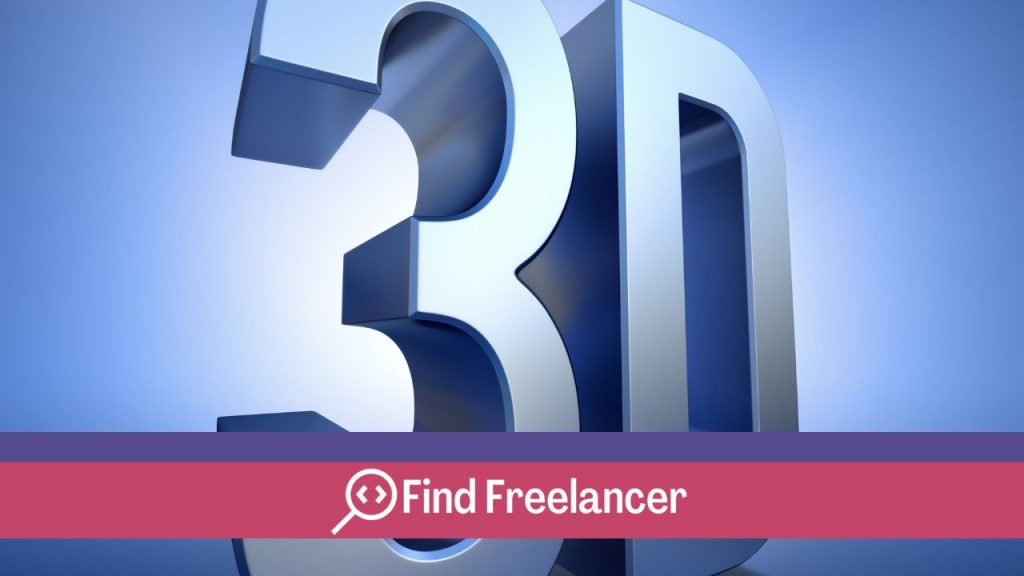The 3D logo represents a modern evolution in graphic design, offering an extra visual dimension to your brand. By incorporating depth and lighting effects, these logos captivate attention and reinforce brand perception. However, their design can be complex and their rendering often depends on the quality of execution. In this article, we’ll explore in detail what a 3D logo is, the benefits it offers in terms of visual impact and engagement, and some inspiring examples of successful 3D logos.
3D logo descriptions
3D logos graphically represent a brand by adding an extra dimension to its visual identity. Using depth, shadow and light effects, they create a realistic three-dimensional look. It captures attention and reinforces brand perception. These logos offer a significant visual impact, clearly distinguishing them from conventional 2D logos. However, their design and rendering can be complex and require technical expertise. Although modern and professional, 3D logos can present challenges of adaptability and legibility in certain contexts. This requires careful consideration when using them.
Advantages of 3D logos
Here are the advantages of 3D logos:
Enhanced visual impact
3D logos use depth, shadow and light effects to create a sense of realism and depth. This visual impact instantly grabs viewers’attention, encouraging them to linger over the brand image.
Differentiation from 2D logos
By taking a three-dimensional approach, 3D logos stand out clearly from flat, static 2D logos. This differentiation helps brands stand out in a saturated visual environment.
Perception of modernity and professionalism
3D logos often associate innovation and technological sophistication. Their use can reinforce the perception that the brand is modern, dynamic and professional. This can positively influence consumers’opinion.
Disadvantages of 3D logos
These are :
Here are the disadvantages of detailed 3D logos:
Design complexity
The creation of a 3D logo often requires more time and resources compared to a 2D logo. The added complexity lies in the need to manage the three-dimensional aspects while maintaining the simplicity and clarity of the design.
Technical difficulties
3D logos can pose technical challenges in terms of rendering and compatibility with different media and sizes. Managing lighting effects, shadows and textures can be complex. This requires modeling and animation expertise.
Reduced adaptability and readability in certain contexts
Because of their visual complexity, 3D logos can sometimes lose legibility and impact when reduced in size, printed in monochrome or used in contexts requiring clear legibility, such as print media or mobile apps.
Examples of 3D logos
Here are a few examples of 3D logos that illustrate the creative use of this technique:
- Apple: Apple’s logo, a crunchy apple, is sometimes represented in 3D with glossy and textural effects, reinforcing its modern, technological appearance.
- McDonald’s : McDonald’s famous golden arches logo has been revisited in 3D for advertising campaigns and digital applications, giving it a sense of depth and realism.
- Audi: The Audi logo, composed of four intertwined rings, is often presented in 3D with metallic reflections, emphasizing the quality and sophistication of the automotive brand.
- Adobe: Adobe’s logo, a stylization of the company’s name, has been transformed into 3D to reflect the brand’s commitment to creativity and advanced technology.
These examples show how 3D logos can enrich a brand’s visual identity by adding an extra dimension of realism and visual impact.










